Short Message Service (SMS) Test Solutions
over LTE/IMS, UMTS and GSM Networks
15th, Jun 2018
Welcome to another June 2018 issue of GL Communications' Newsletter providing information and insight into our latest Short Message Service (SMS) Test Solutions, which now adds support for testing SMS Services over LTE SGs interface, and SIP IMS network. In addition, SMS monitoring tools include support for Unicode feature that helps decode SMS in different local languages, while also providing advanced filter and search capabilities to drill-down to specific messages.
GL’s SMS Test Solutions
Short Message Service (SMS) is a text messaging service available through a mobile phone, web, or other wireless communication systems, using standardized communications protocols that allow the exchange of short text messages between two subscribers. Most SMS messages are mobile-to-mobile text messages; however, the standard supports other types of broadcast messaging as well.
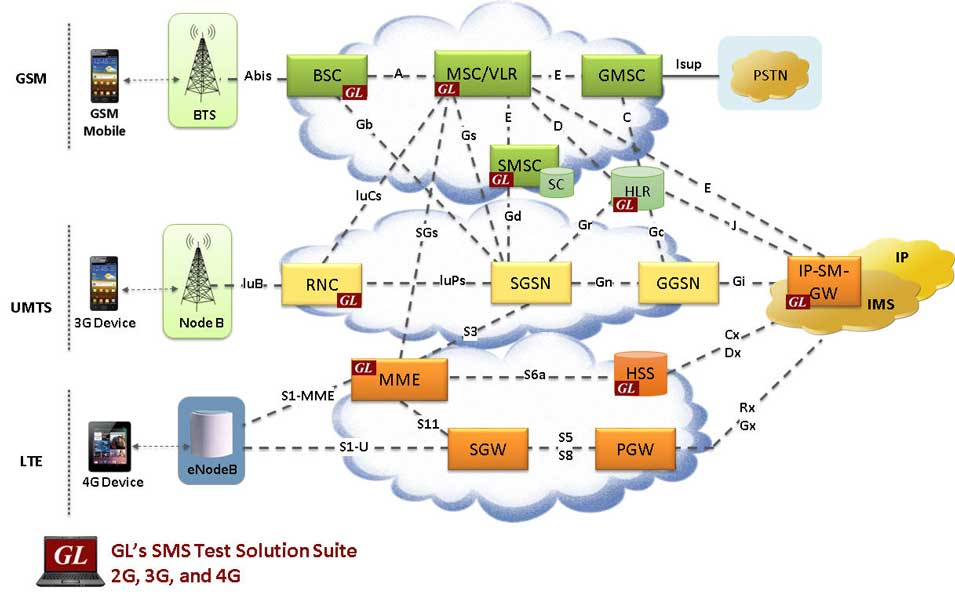
GL’s SMS Test Suite for LTE, UMTS, and GSM Networks
- SMS Testing from within the Wireless Infrastructure
When testing from within the wireless infrastructure, thousands to millions of messages can be sent to thousands to millions of mobile phones in a simulated environment to load test or verify / validate the SMS messages. Our multi-purpose emulation platform called MAPS™ (Message Automation and Protocol Simulation) has the ability to push / pull Short Messages over the network as if sent by thousands of mobile phones (SMS-MO and SMS-MT). Supported interfaces include - GSM A (TDM/IP), GSM Abis (TDM/IP), MAP (TDM/IP), CAP (TDM/IP), UMTS IuCS-IuH (TDM/IP), LTE S1, LTE SGs, SIP, Diameter, and IMS.
- SMS Monitoring
GL’s multi-technology protocol analyser probes over IP and TDM offer SMS monitoring and capturing both Mobile Originating (MO) and Mobile Terminating (MT) short messages and further analyze using the advanced features within the analyzers. NetSurveyorWeb™, a web-based client that facilitates display of all captured call data records, flexibility to filter for records of interest, and view call graphs.
- End-to-End SMS Testing
VQuad™ Probe HD can be used for testing end to end SMS services at end point, independent of underlying network. The probe works in conjunction with a Mobile Device Controller application and “smartphone app” on mobile phones to send or receive SMS messages and record results such as pass or fail.All test results are automatically relayed to a Central Database where they are accessed using WebViewer™ a simple web browser which facilities results/statistics in tabular or graphical formats.
SGs-based Short Message Service (SMS) over LTE
Recently, MAPS™ Test Suite has been enhanced to support testing SMS delivery from LTE to 2G/3G networks while roaming using “CS fall-back” technology. In this section, we explain how MAPS™ tools allow testing network elements within LTE/UMTS/GSM network for SMS push/pull capability.
In LTE (packet-based all-IP) network, the circuit switched SMS service is handled adopting Circuit switched fall-back (CSFB) technology. So, when an LTE device is used to place a voice call or send SMS, the device "falls back" to the 3G or 2G network over SGs interface to complete the call or to deliver the SMS. MAPS™ simulates SGs Application Part (SGsAP) protocol messages as defined in 3GPP TS 29.118 specifications (SGsAP).between the Mobility Management Entity (MME) in the EPS and the Visitor Location Register (VLR) in CS network. The SGs association is only applicable to UEs with CS Fall-back capability activated.
The following figure depicts typical SMS procedure over SGs interface. During SMS over SGs procedure, LTE UE device sends and retrieves CS (Circuit Switched) SMS messages between MSC and MME.
IMS-based Short Message Service (SMS) over LTE
In SMS over IMS communication, SMS is encapsulated in a SIP message and carried over IMS core network to SMSC. The IP Short Messaging Gateway (IP-SM-GW) network element provides the interconnection between GSM-UMTS network and LTE-EPC network for sending and receiving SMSes.
GL’s MAPS™ SIP IMS emulator can emulate functions of an IP-SM-GW network element in order to push or pull SMS from LTE-EPC to SMSC over IP/IMS network.
The image below depicts the call flow for transmission of encapsulated SMS messages over LTE via IMS elements.
SMS messages over UMTS and GSM Interfaces
By mimicking real-world customer behaviour in lab environments, our solutions allow mobile operators and equipment manufacturers to verify their wireless networks before deployment. In other words, one can setup a virtual real-time network simulating all the 2G, 3G, and 4G network elements using “MAPS 2G 3G 4G Wireless Lab Suite”. Such an end-to-end test bed can simulate Voice and SMS services in real-time across various 2G, 3G, and 4G network elements and connecting interfaces.
Visit the Short Message Service (SMS) Test Solutions - Supported Interfaces webpage for a complete list of supported interfaces for testing SMS services across 2G 3G and 4G network for simulation and monitoring
SMS Monitoring
How to monitor for specific SMS messages over the network?
GL offers SMS monitoring tools - Protocol Analyzers Probes for TDM/SONET-SDH, and PacketScan™ Analyzer Probe for IP, that allow users to capture both Mobile Originating (MO) and Mobile Terminating (MT) short messages and further analyze using the advanced features within the analyzers. The test tools support capturing and monitoring live signaling and traffic over TDM, ATM, and IP. All results and call records can be sent to a central database for data retention.
GL’s NetSurveyorWeb™, a web-based client facilitates display of all these call data records, view call graphs for each call, and the flexibility to filter based on the mobile number (NOI) or words of interest (WOI). Priority can be set to these filtered records of interest – as high, low or medium. These filtered calls will be available for a quick view as Processed Calls.
- Number of Interest (NOI) are the filtered calls based on calling /called number.
- Word of Interest (WOI) are the filtered SMS calls
The graph shows the SMS KPIs - No of SMS on different links and Top 5 Languages (English, Basic Latin, Arabic, Devanagari, Myanmar).
End-to-End SMS Testing
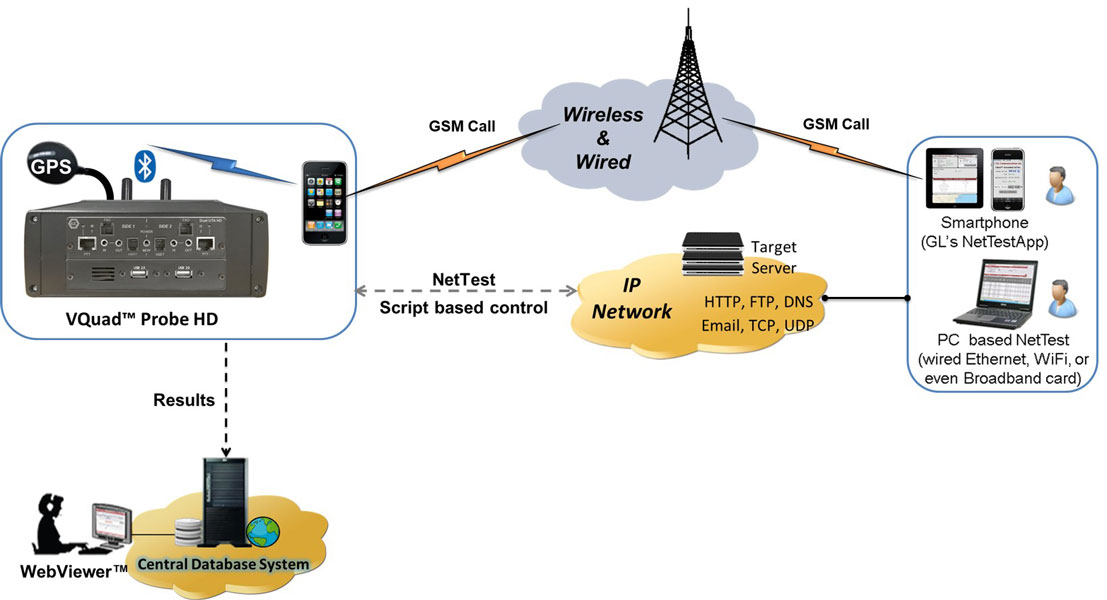
VQuad™ Probe HD and Mobile Apps forEnd-to-End SMS Testing
GL’s VQuad™ is capable of testing SMS over any Wireless network either directly or remotely, providing useful statistics such as the Total SMS Messages Sent, Total SMS Messages Failed, Total SMS Messages Received, and Minimum/ Average/ Maximum Time (secs) taken to send or receive SMS.
For testing end to end SMS services, VQuad™ works in conjunction with Mobile Device Controller application and “smartphone app” on mobile phones to send or receive SMS messages and record results such as pass or fail. Both automated remote testing and manual testing are available on the mobile device using Android or Apple apps that are available freely for download. These results are conveyed to a database that can be easily accessed by any browser.
VQuad™ scripting can automate the SMS testing from anywhere remotely controlling the mobile devices. The call control scripts to send/receive SMS commands can be easily built using scripting feature, which can be run repeated.
All test results (NetTest related Statistics, and Result View) are automatically relayed to a Central Database where they are accessed using WebViewer™ a simple web browser with facilities to query the results and output the results/statistics in tabular or graphical formats. These results include tests performed on TCP, UDP, HTTP, VoIP, Route, FTP, DNS, SMS, UE Info, SIM Info, and Phone Info.
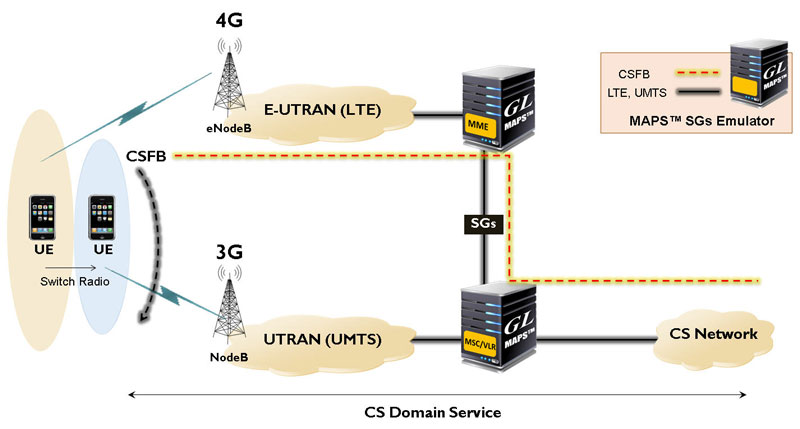
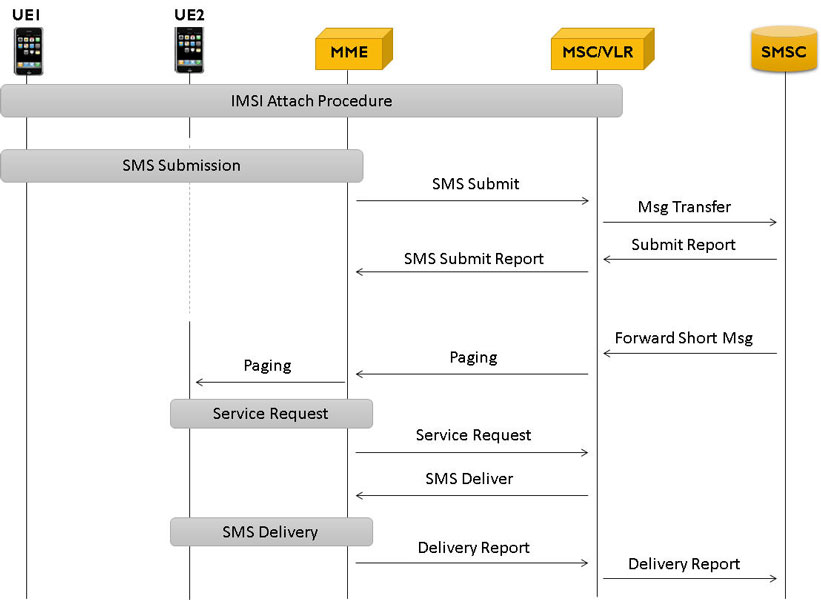

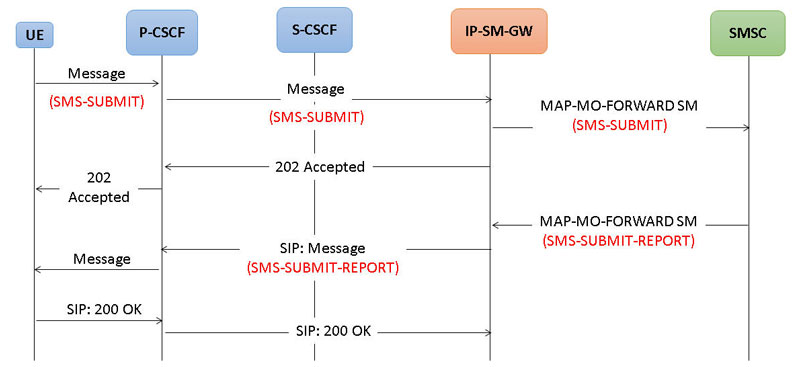



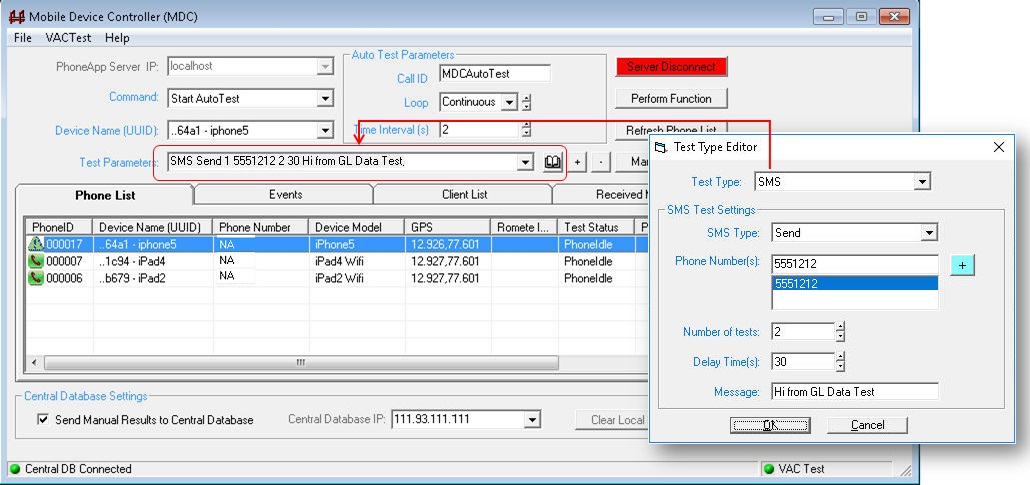
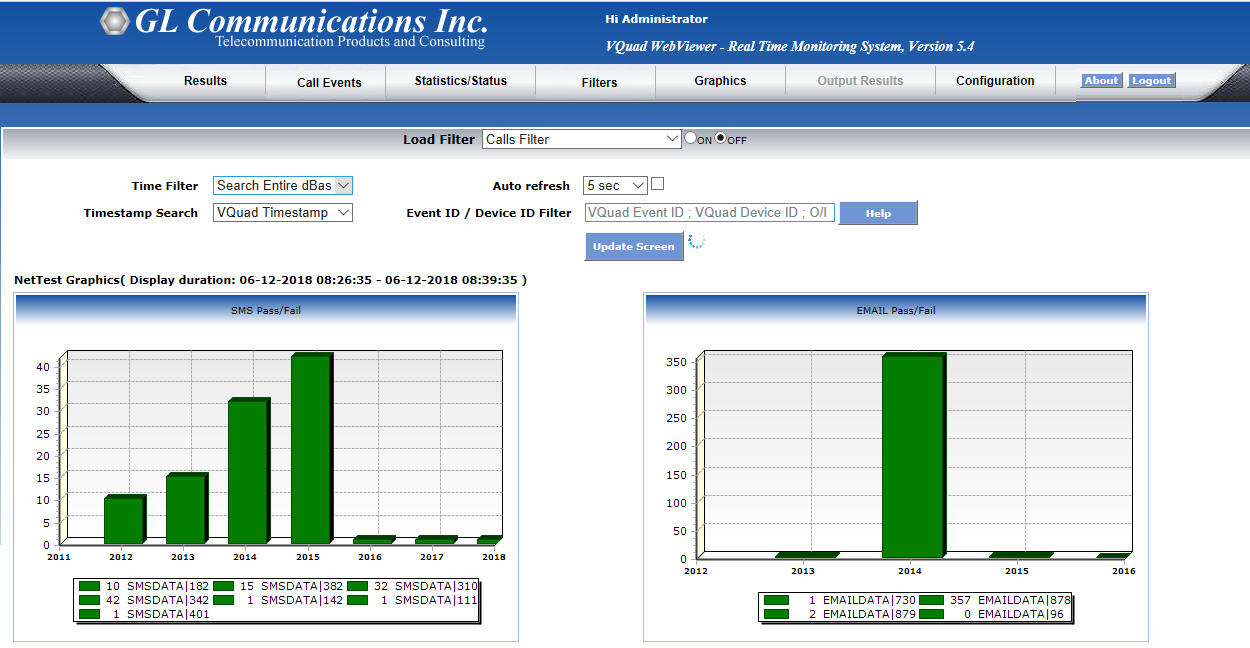
 Back to Newsletter Index Page
Back to Newsletter Index Page